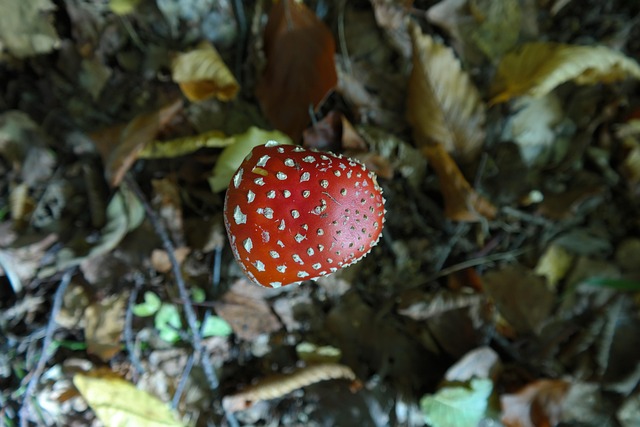The Amanita Muscaria, or Fly Agaric, is a visually striking mushroom with cultural significance and medicinal uses. While offering a culinary adventure with its mild earthy taste, careful identification and expert knowledge are crucial due to toxic look-alikes. Pre-measured forms like capsules enhance accessibility, eliminating preparation complexity and ensuring consistent dosing. In the digital age, standardized dosage in cuisine gains popularity, benefiting both chefs and health-conscious consumers. Amanita Muscaria can add depth to various recipes, from salads to stir-fries, replacing meat or protein. However, stringent safety precautions are necessary due to its toxicity; proper identification, preparation methods, and expert consultation are vital. This mushroom offers numerous health benefits, including high vitamin C content and anti-inflammatory compounds. Its cultural significance varies globally, from traditional medicine to Indigenous ceremonies, but responsible use is paramount to avoid misconceptions.
Discover the versatile and nutritious power of Amanita Muscaria, an edible mushroom with a rich history across global cultures. This ancient fungus offers more than just culinary allure; it’s a versatile ingredient with potential health benefits. We’ll explore the concept of ‘convenient dosage’ for Amanita Muscaria and its herbs-and-spices counterparts, delving into everything from nutritional value and preparation methods to safety precautions and cultural significance. Uncover creative ways to incorporate this remarkable mushroom into your everyday diet.
Understanding Amanita Muscaria: The Edible Mushroom
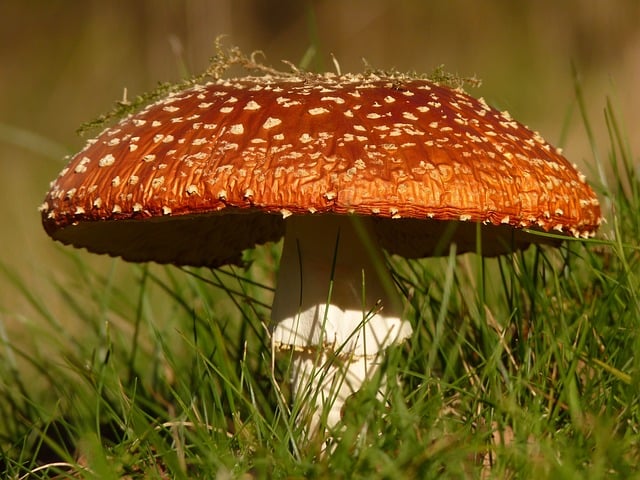
The Amanita Muscaria, commonly known as the Fly Agaric, is a well-recognized and striking mushroom species with a rich history in folklore and culinary traditions. It is one of nature’s most vibrant and iconic fungi, boasting a bright red cap adorned with white spots. Beyond its aesthetic appeal, the Amanita Muscaria holds cultural significance and has been used for medicinal purposes for centuries.
As an edible mushroom, it offers a unique culinary experience. When properly identified and prepared, its meat is known for its mild, earthy flavor, making it a versatile ingredient in various dishes. However, it’s crucial to emphasize that proper identification is paramount due to the presence of similar-looking toxic species. Expertise or reliable field guides are essential to ensure safety when foraging for Amanita Muscaria, as consuming the wrong mushroom can have severe consequences.
The Concept of Convenient Dosage for Herbs and Spices

The concept of convenient dosage is a game-changer in the world of herbal and spice remedies, offering a simple solution for consumers looking to incorporate these natural ingredients into their daily routines. It revolves around providing an easily measurable and accessible way to consume herbs and spices, ensuring that users can benefit from their therapeutic properties without the hassle of complex preparation methods. This approach is particularly relevant for popular edible mushrooms like Amanita Muscaria, known for their medicinal benefits but often requiring careful handling and precise dosing.
By offering convenient dosage forms, such as capsules or pre-measured packets, consumers can easily integrate these natural remedies into their lifestyles. For instance, a standardized dose of Amanita Muscaria extract in a capsule form allows individuals to take advantage of its immune-boosting properties with just one simple step, eliminating the need for intricate preparation and ensuring consistency in each serving. This method simplifies the process, making it more appealing to modern consumers who value convenience and ease in their wellness practices.
Benefits of Standardized Dosages in Cuisine
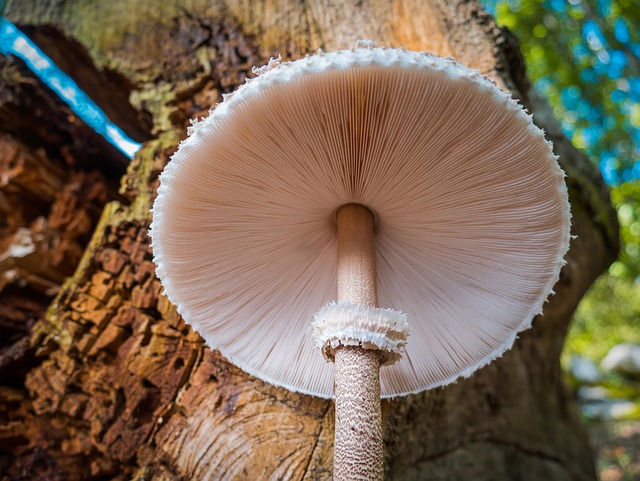
In today’s digital era, the concept of standardized dosage in cuisine is gaining traction, offering numerous advantages for both culinary enthusiasts and health-conscious consumers. One notable example is the use of Amanita Muscaria (edible mushrooms) in cooking, where precise measurements ensure a delightful flavor profile while avoiding any potential toxicity associated with this species. Standardized dosages provide a level of consistency and safety that allows chefs and home cooks to incorporate unique ingredients like Amanita Muscaria into their dishes without worry.
This approach not only enhances the overall dining experience by allowing for creative combinations but also promotes better nutrition. By controlling the amount of specific herbs, spices, or fungi used, chefs can tailor flavors to suit various palates while managing the intake of active compounds. This is particularly beneficial in health-focused cuisine, where balanced and measured ingredients contribute to a more wholesome culinary journey.
How to Incorporate Edible Mushrooms into Everyday Meals
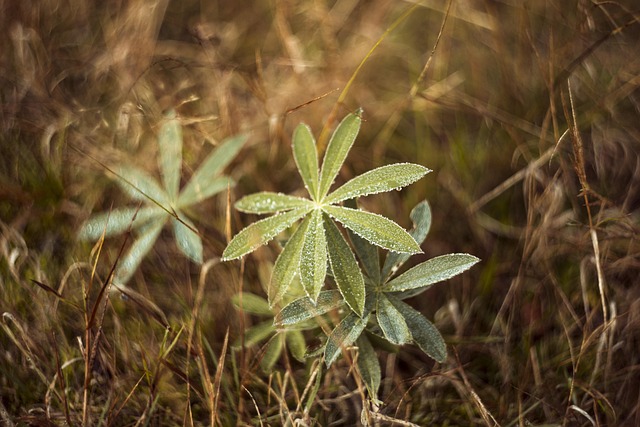
Incorporating edible mushrooms, such as the well-known Amanita muscaria (Fly Agaric), into everyday meals is easier than you might think. Start by familiarizing yourself with their unique flavors and textures, which can range from earthy and meaty to delicate and fruity. Many recipes treat mushrooms as a versatile replacement for meat or other high-protein ingredients. For instance, slice them thin and toss into salads or stir-fries for a burst of umami flavor.
For a more substantial meal, consider adding chopped mushrooms to pasta sauces, risottos, or even omelets. You can also make mushroom-focused dishes like a hearty mushroom stew or a rich mushroom soup. The key is to experiment with different cooking methods—sautéing, roasting, or grilling—to unlock the full potential of these fascinating fungi. Don’t forget that certain varieties, like Amanita muscaria, have distinct visual characteristics and flavors, making them excellent choices for adding color and depth to your culinary creations.
Safety Precautions When Using Amanita Muscaria (Fungus)

When using Amanita Muscaria, or Fly Agaric, for any purpose, it’s crucial to prioritize safety precautions due to its potential toxicity. This fungus, while known for its edible qualities in certain cultures and culinary contexts, contains compounds that can be harmful if misused or mishandled. One of the primary safety measures is proper identification; it’s essential to accurately differentiate Amanita Muscaria from toxic look-alikes, such as the Death Cap (Amanita phalloides), which is highly poisonous.
Proper preparation is another critical aspect. Cooking and preparing Fly Agaric correctly can significantly reduce its toxicity. Traditional methods involve steaming or boiling, ensuring that all parts of the mushroom are thoroughly cooked. Moreover, handling raw mushrooms with care and avoiding ingestion of any part that appears damaged or discolored is vital to prevent potential adverse reactions. Always consult reliable sources and experts when using this fungus, especially in medicinal or culinary applications, to ensure a safe experience.
Creative Ways to Prepare and Consume the Mushroom
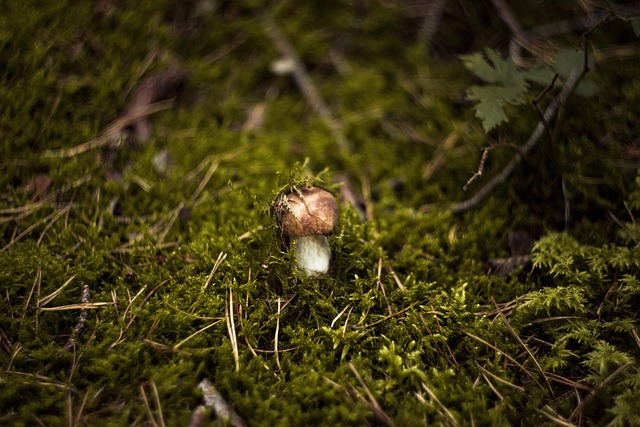
Incorporating Amanita muscaria (also known as Fly Agaric) into your diet can be a delightful culinary adventure. One creative approach to prepare this edible mushroom is by infusing it in teas or elixirs. Steeping slices of the mushroom in hot water for several minutes extracts its unique flavors and beneficial compounds, resulting in a warming beverage that’s perfect for relaxation or as a tonic. For a more hands-on method, consider adding chopped Amanita muscaria to stir-fries or pasta dishes. Its earthy taste can enhance various cuisines, offering both a nutritional boost and an artistic touch to your meals.
Beyond traditional cooking methods, you can get innovative by blending the mushrooms into smoothies for a subtle, natural enhancement of flavor and nutrients. Alternatively, if you’re feeling artistic, create mushroom-based paints or dyes for creative projects. These unconventional preparations not only make use of every part of the mushroom but also encourage a playful approach to culinary exploration with Amanita muscaria as your inspiration.
Nutritional Value and Health Advantages
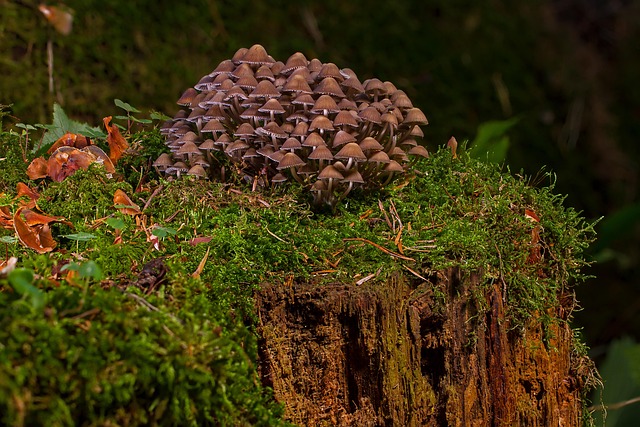
The nutritional value of Amanita muscaria, also known as Fly Agaric, is a fascinating aspect that has captured the interest of many health-conscious individuals. This edible mushroom is not just a culinary delight but a potent source of various essential nutrients. Rich in vitamins, minerals, and antioxidants, it offers a unique blend of benefits for overall well-being. The vitamin C content in Amanita muscaria is particularly notable, providing a significant boost to the immune system.
Beyond its nutritional value, this mushroom has been associated with several health advantages. Studies suggest that its active compounds may possess anti-inflammatory properties, contributing to reduced risk of chronic diseases. Additionally, Fly Agaric has been linked to potential cognitive enhancement and mood improvement due to its unique chemical composition. Incorporating Amanita muscaria into a balanced diet could be a delicious way to support both physical and mental health.
Exploring Cultural Uses of Amanita Muscaria Around the Globe
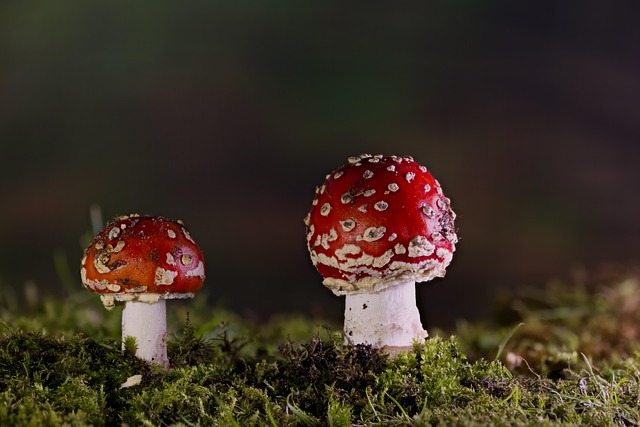
Around the globe, Amanita muscaria, commonly known as the Fly Agaric, has captivated cultures and been embraced for its unique properties. Beyond its iconic appearance in folklore and fairy tales, this mushroom holds significant cultural value in various societies. In Northern European countries like Russia and Finland, it’s revered for its role in traditional medicine, used for its perceived healing qualities and ability to boost immunity. Indigenous communities in North America have long incorporated Amanita muscaria into their ceremonial practices, recognizing its spiritual significance and psychedelic effects.
The edible nature of Amanita muscaria has also contributed to its global appeal, with culinary enthusiasts experimenting with its distinct flavor and texture. However, it’s crucial to emphasize that while some cultures embrace this mushroom, others consider it toxic or avoid it altogether due to potential risks. Responsible fording and understanding local traditions surrounding Amanita muscaria are essential, as its cultural uses vary widely across different parts of the world.
Overcoming Common Misconceptions: Debunking Urban Legends

Many people have misconceptions about the Amanita Muscaria, commonly known as the Fly Agaric, due to urban legends and folklore. One persistent myth is that it’s always toxic and should never be consumed. However, this isn’t entirely true. While certain parts of the mushroom, especially the stems, can indeed contain harmful substances, the truth is that the caps of mature Amanita Muscaria are edible and have been used in various cuisines worldwide for centuries. When properly identified and prepared, they offer a unique culinary experience with distinct flavors and textures.
Another urban legend suggests that eating just one or two mushrooms could lead to instant hallucinations. While small amounts might cause some mild visual distortions, especially when combined with certain foods or beverages, it’s not accurate to say that every person will have a powerful psychedelic trip. The effects vary greatly depending on individual tolerance, body weight, and the overall dose consumed. Responsible use and proper preparation are key to enjoying Amanita Muscaria Edible without adverse health risks.
